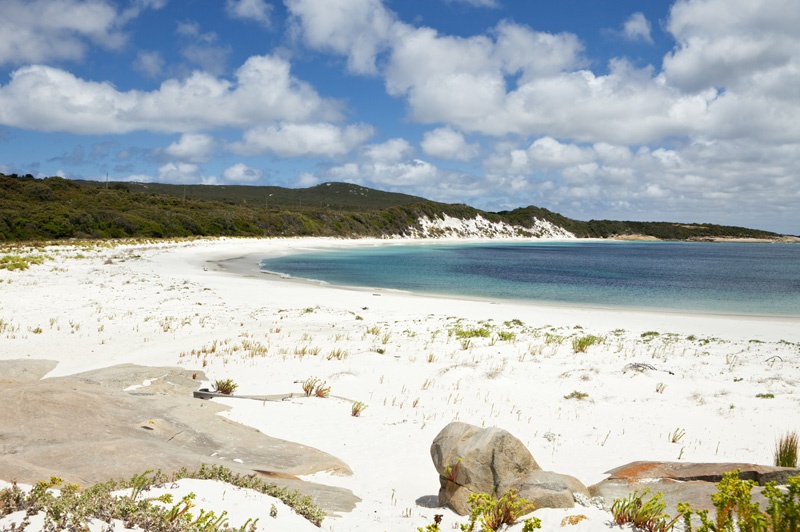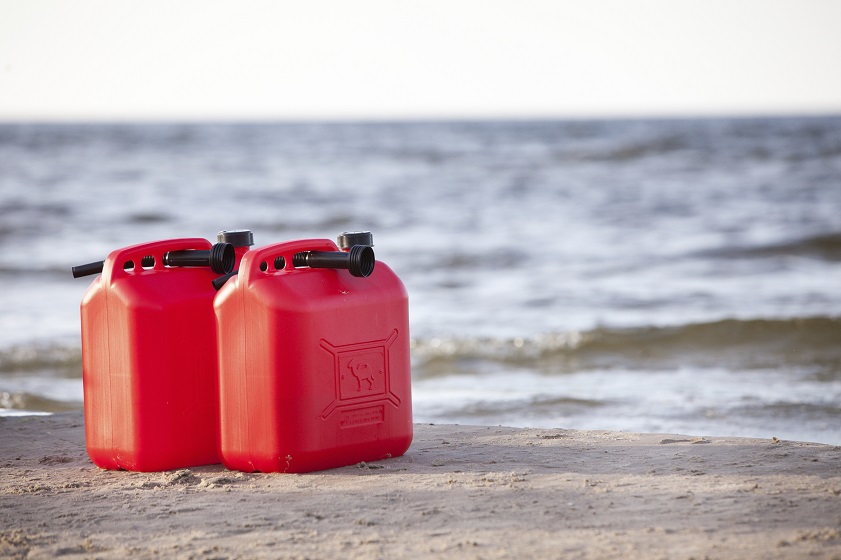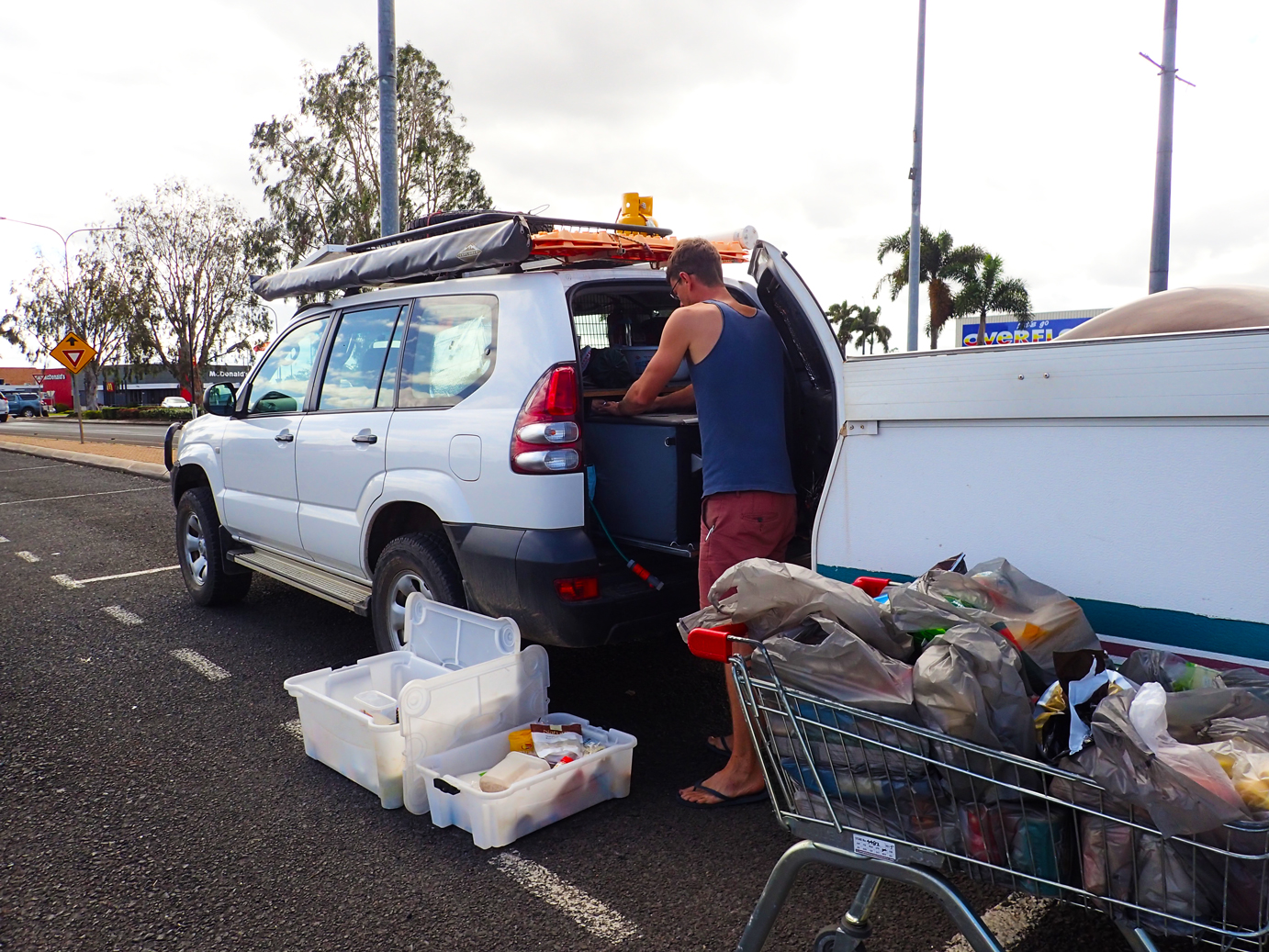Summer is fast approaching and, as the weather heats up, many of us will take to favourite water holes to cool down. And when we do, we may remember the water safety mantra from Laurie Laurence’s ‘Kids Alive – Do the Five’ campaign from 1988, the initiative that aimed to reduce the number of children who are drowned, particularly in backyard swimming pools.
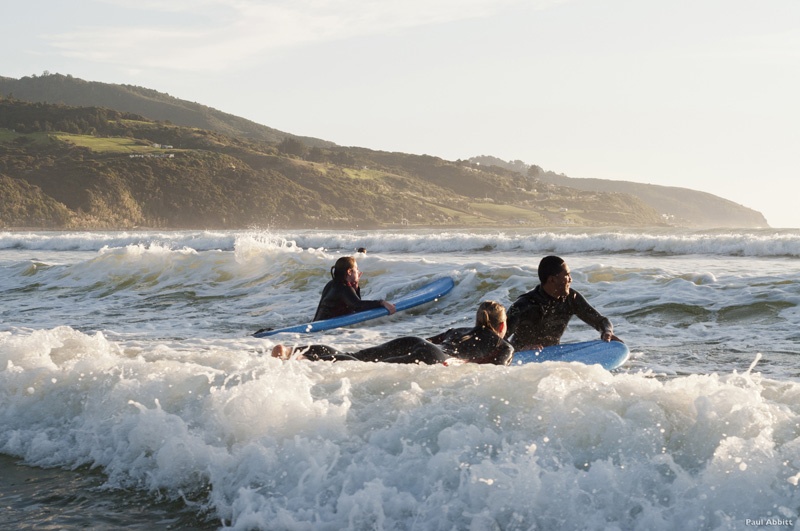
However, it’s worth remembering that the risks around water aren’t limited to children. In the Royal Life Saving 2018 National Drowning Report, 249 people drowned in Australian waterways. More than 550 people were hospitalised for non-fatal drowning. So here are five water safety principles:
1. Fence the pool
2. Shut the gate
3. Learn to swim
4. Supervise
5. Learn how to resuscitate.
When travelling in remote areas without access to assistance in an emergency, it’s important to have a good grasp of the incidental risks, whether it’s the risk of drowning or other dangers that can turn a day on the road into a day of challenges.
LET KNOW
One of the best ways to keep safe on the road is to ensure that you’re not ‘going it alone’. In many cases, it makes sense to travel with others, for back-up in a mechanical or medical mishap, or simply for company. But whether we’re in a vehicle with family on a remote track or just taking a walk away from camp for some bird watching or fishing, the rule is the same: tell someone where you’re going.
Before departure, it makes sense to tell loved ones the key dates and expected milestones of your trip in writing, or at least electronically. List who you’re travelling with, what route you intend to take and some contact details. And make a habit of calling in every few days, especially when you vary your travel plans.
PROTECTION PRIORITY
Whether you’re faced with a life-threatening situation in a bushfire, flood, from exposure to extreme weather conditions or a dangerous animal – the first priority is to protect yourself.
Under protection in a survival context, there are four elements to consider: First Aid, Clothing, Shelter, Fire
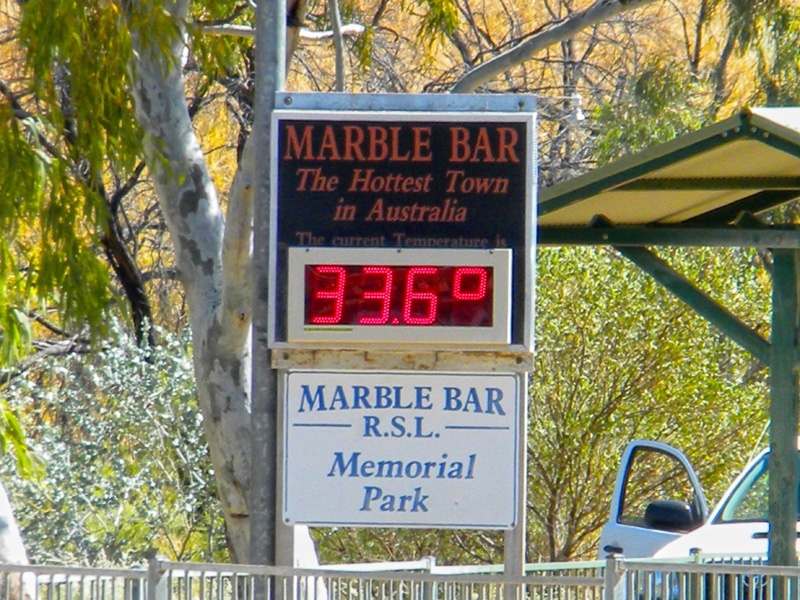
We’ve come a long way from sun baking on the beach. When it’s hot, a common response is to keep taking clothes off, but it makes far more sense to stay clothed with loose and ventilated clothing, preferably in two layers. This ensures that your sweat is trapped close to your body, helping you to stay cooler for longer. If you do not do this, your sweat just evaporate into thin air without achieving the cooling your body needs.
Add a brimmed hat and you’ll go a long way to remaining comfortable and hydrated.
RESCUE RELIEF
Most of us spend a lot of money pimping our rigs but in reality, there’s only one item that guarantees rescue – a Personal Locating Beacon (PLB).
Statistics suggest you’ll be rescued within 72 hours of authorities being aware that you’re missing. Rescue time will be reduced to 24 hours or perhaps less than 12 hours, if you activate a GPS-equipped, registered PLB.
Apart from carrying a PLB, if you’re in strife, remember to stay with your vehicle. A 4X4 and caravan are easier for rescuers to locate than an individual; if you’re separated from your vehicle and need aid, the best thing to do is to stop.
WONDROUS WATER
Whether we use our rigs often or just occasionally, sediments, bacteria and algae can build up in water tanks – and they don’t disappear when we fill our tanks with chlorinated town water now and again. Consider the quality of any water we’re likely to find on the road.
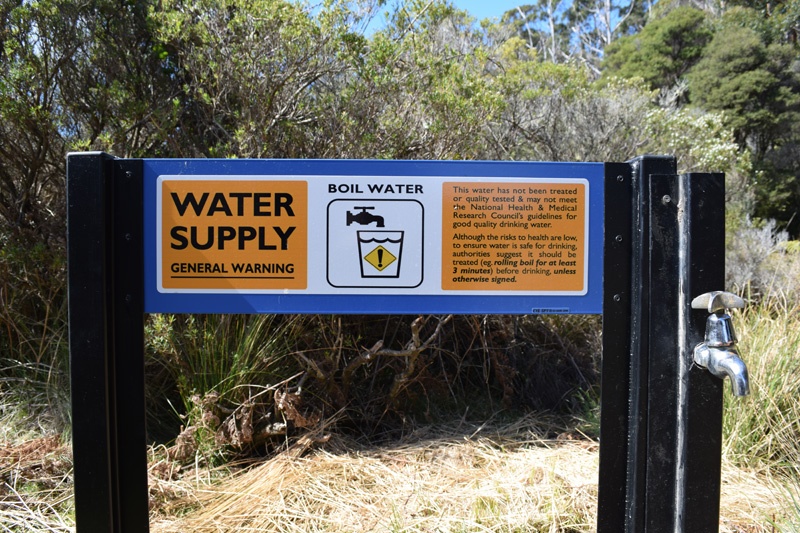
Filling up from clean water sources and treating water if you have residual concerns about its quality will avoid long periods with stomach cramps and potentially water-borne parasites such as giardia.
SURVIVAL INSTINCT
These five principles don’t guarantee against risks and threats when you’re on the road. They are the basics to help get you out of a mess once you’re in it.
Consider what measures you might take now to prepare for the unexpected. Ask yourself: when was the last time you made fire without a lighter? When was the last time you actually used your fishing gear? And, now and again, stop to ask, “What would I do now if the chips were down?”
Well, for a start, you should be reciting the mantra: ‘Tell Someone – and – Please Remember What’s First’.
FATAL FATIGUE
Studies show that fatigue is the primary factor in around 20 per cent of all fatal road crashes, with the statistics rising beyond 30 per cent on rural roads because average trip lengths are likely to be longer and constant speeds can lead to monotony and inattention. Combined with substandard road surfaces and the risk of wildlife, and it’s a crash waiting to happen. ‘Driver-reviver’ stops are known to be most beneficial before drowsiness occurs. Achieving this requires planned rest times rather than driving times.
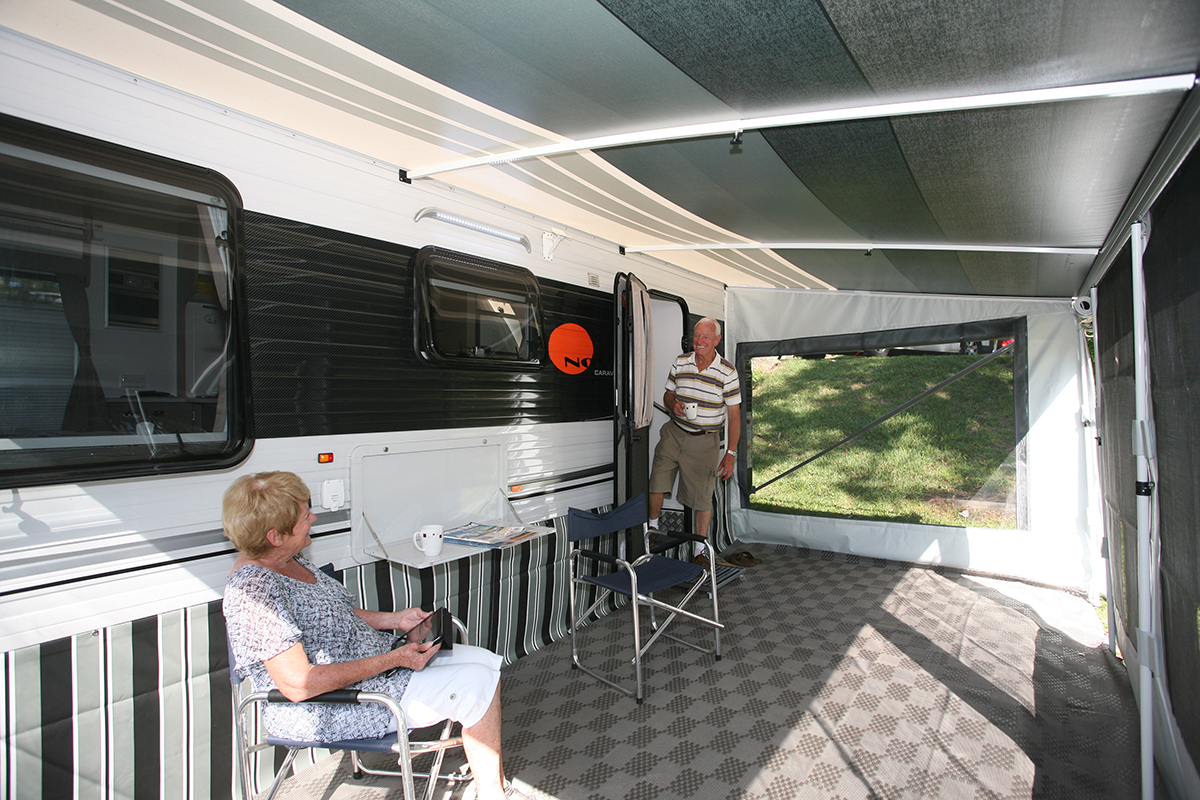
Note: For professional drivers, industry policies require that every driver has a minimum of eight hours of unbroken rest in a suitable environment each day and stipulates regulated driver breaks:
1. Approximately every two hours stop for a break of at least 10 minutes
2. After five hours driving (including breaks) have a meal break of at least 30 minutes
3. Time behind the wheel or on shift (including breaks) should be no more than 12 hours each day
Nearly 30 per cent of fatal crashes occur during public and school holiday periods – just 14 weeks of the year – which suggests recreational drivers are at higher risk.
So when travelling, don’t just focus on the next campsite. Make the journey as important as the destination. Stop, Revive, Survive.
Remember – Sleep is the only cure for driver fatigue. It really is that simple.

